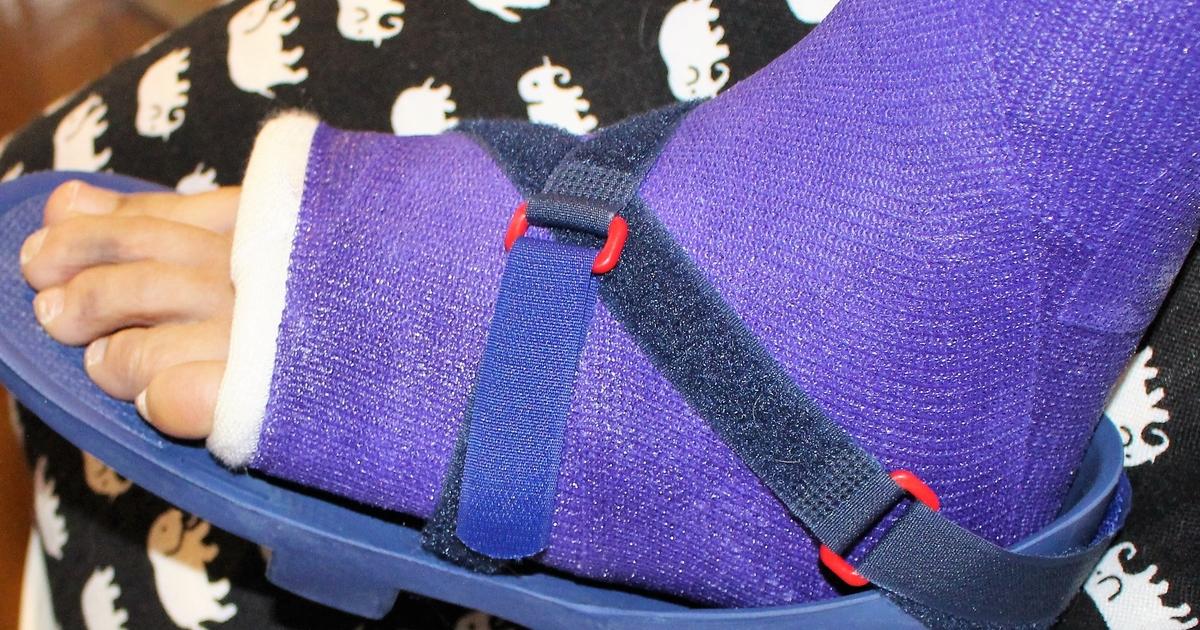What Causes Heel Pain?
The ankle and foot are some of the most complex parts of the body. There are twenty-six bones, more than one hundred tendons, and thirty-three joints in each foot and ankle. The largest bone in the foot is the heel. Heel pain often occurs when the heel is injured or overused. Pain in the heel can range widely in severity, with some pain being mild and other pain being so disabling that walking is difficult or impossible. If rest and home remedies don't relieve the pain, individuals might need to see a podiatrist or their general practitioner to diagnose the underlying cause. The vast majority of heel pain issues are treatable, and many of them are curable.
Sprains Or Strains

Heel pain can be caused by sprains or strains, which most individuals get while exercising or engaging in other physical activity. Strains and sprains are both common, and the severity can vary widely from case to case. Some individuals with a muscle strain or sprain affecting their heel may just need to rest for a day and avoid walking when possible. Others may have serious and disabling complications that last for weeks to months.
Sprains occur when ligaments, which connects bones at a joint, become torn or overstretched. Ankle sprains are the most common kind of sprain, and they can cause heel pain. Strains occur when tendons, which connect muscles to bone, or muscles become torn or overstretched. Though strains and sprains involve injury to different types of soft tissue, they present with many of the same symptoms. Sprains frequently present with difficulty moving the joint, limitations on flexibility, pain, swelling, and bruising. Strains mimic these symptoms almost exactly, but instead of bruising, they cause muscle spasms.
Fractures

A fracture is commonly known as a broken bone. Individuals who think they may have broken a bone in their foot should seek emergency medical care. Some fractures are thin cracks, but others cause complete breaks in a bone. The majority of bone fractures happen when a bone is hit by more pressure or force than it can manage. The pain from a fracture tends to be intense, although not everyone experiences the same pain levels from the same injuries.
If an individual's heel bone or any of their ankle bones are fractured, they will likely feel pain in their heel. Affected individuals often experience worse pain when they touch or move the hurt area. Depending on the bone that was injured, patients may not be able to put pressure on their foot at all. A fracture may be accompanied by a visible deformity, swelling, bruising, and redness around the area of injury. Some individuals hear a grinding or snapping sound when the injury first happens.
